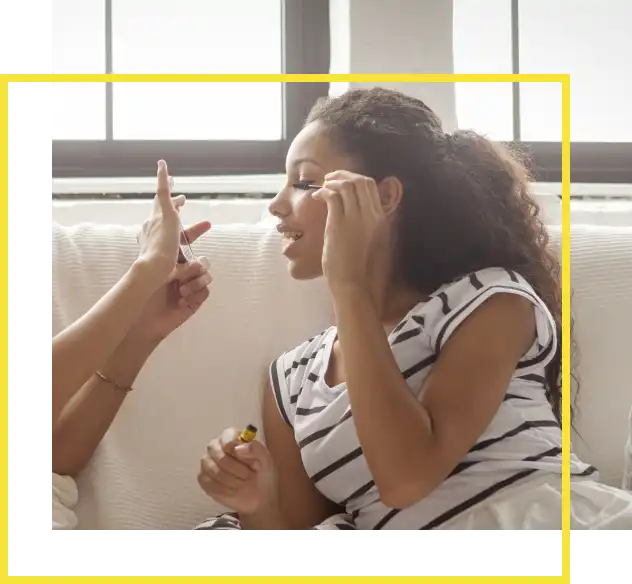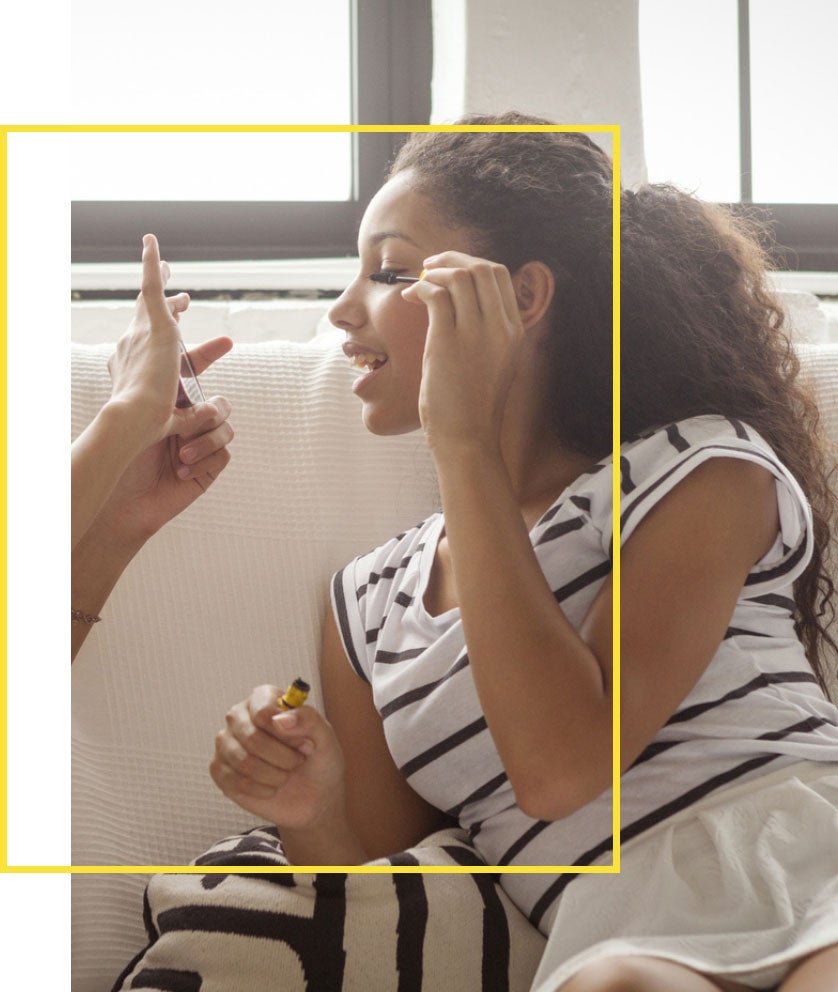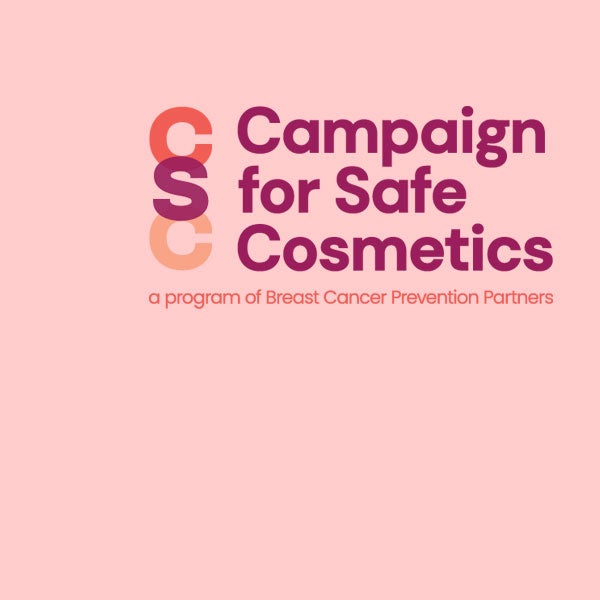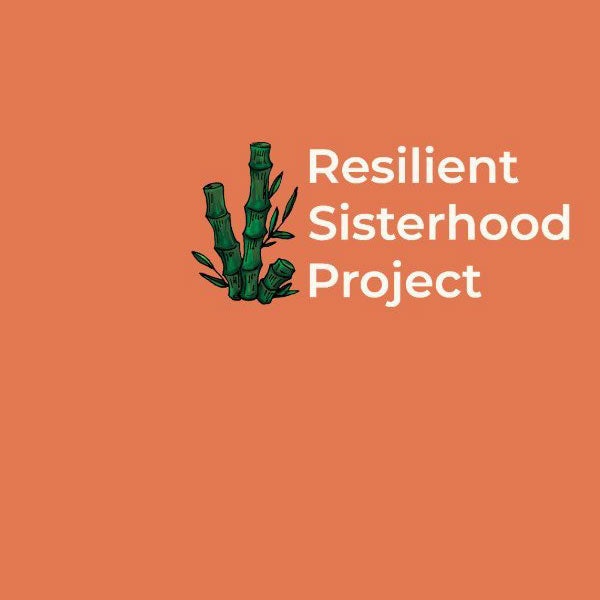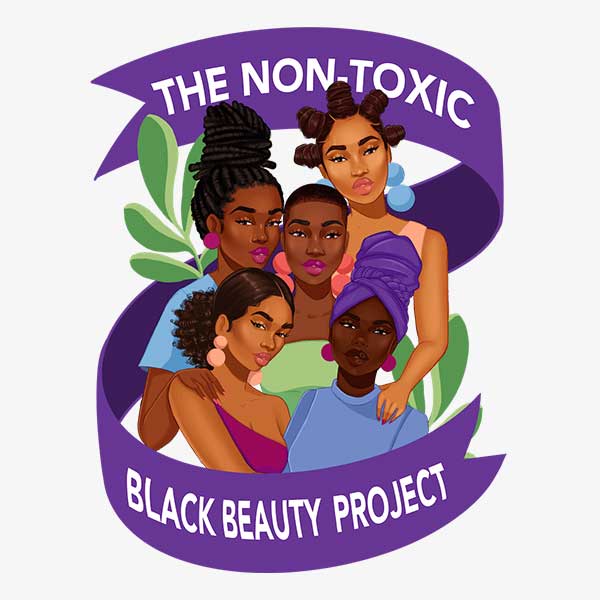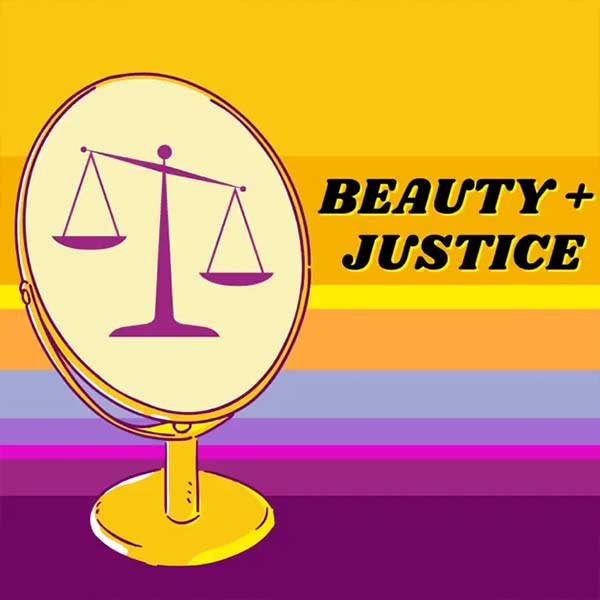Beauty and personal care products marketed to women of color often contain more toxic ingredients than products marketed to white women. As a result, women of color face greater exposure to toxic ingredients used in beauty and personal care products. This is unacceptable. Women of color deserve the same access to safer beauty products.
Take a stand.
Help spread the word about Clean Beauty Justice on your social channels.
